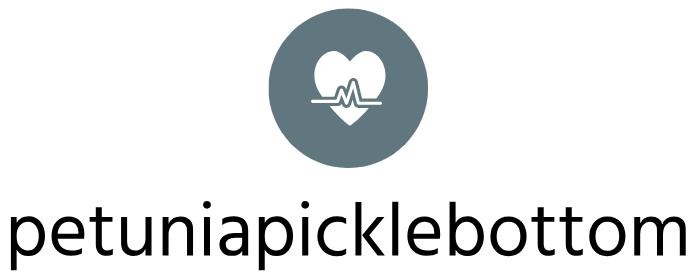How To Create An Effective Event Poster For Your Non Profit Event
 At The Center for Spiritual Living, Santa Rosa we have an extensive display of posters announcing upcoming events that may be of interest to our community. We have been on a long journey of learning how to use posters effectively and with some advice from designers and people in-the-know when it comes to advertising. Over time we have made some successful adjustments that have taught us how to create an effective event poster for our nonprofit organization. Now we notice people spend more time viewing our display of posters, whereas before we honed our skills, they tended to move past the display quickly.
At The Center for Spiritual Living, Santa Rosa we have an extensive display of posters announcing upcoming events that may be of interest to our community. We have been on a long journey of learning how to use posters effectively and with some advice from designers and people in-the-know when it comes to advertising. Over time we have made some successful adjustments that have taught us how to create an effective event poster for our nonprofit organization. Now we notice people spend more time viewing our display of posters, whereas before we honed our skills, they tended to move past the display quickly.
Less Is More
Through trial and error we have discovered that the first and most important piece of advice has been ‘less is more,’ a concept that when practiced in poster making seems to increase interest and comprehension. At first we wrestled with our desire to get as much information in front of the reader as possible, until we learned that in general people are overwhelmed by information, they have information fatigue. It seems that if they do not see and ‘get’ what they are interested in by the first glance of the poster, they are likely to move on. We try to let the poster answer the viewer’s question “What will I take away from this event?”
Let The Picture Tell The Story
We learned to ‘let the picture tell the story,’ so that a poster – even from a distance – announces through its photo/graphic “John Doe Is Coming,” or “If You Like Famous Person You’ll Like This Class.” In other words, let the visual be your primary creative concern: what do I want the people to ‘get’ right away when they look at this poster?
Be Selective
Next, we had to be selective and have two or three large print sentences or bullets that clearly state what the interested person will get out of attending the event or class. So dominating each poster is 1) Title of event 2) Graphic elements that tell the story and 3) Short key information that is easy to read. Long descriptions of the content or extensive biographies of the presenter are best presented elsewhere, for example on a website.
More Information Available
On the lower portion of the poster – say the lower quarter – information about date, cost and where more information can be found, is printed in considerably smaller text. This is because these details do not need to compete for attention. If the graphic element, title and key elements have done the job by attracting interested people, these are the people are most likely to step closer to look for the additional details, and you want to be sure they know where to go to get it.









